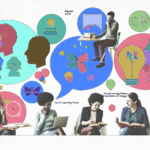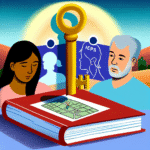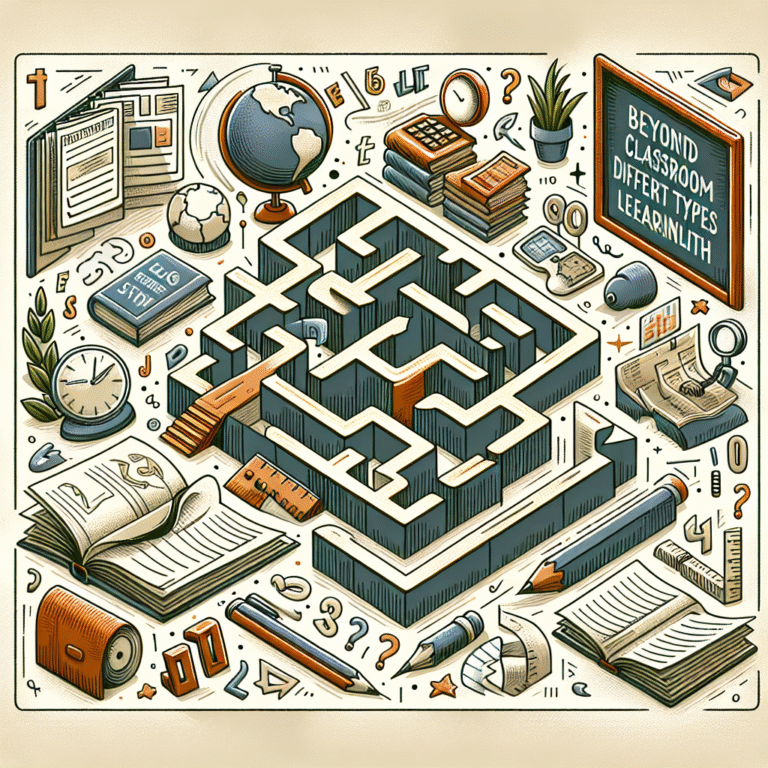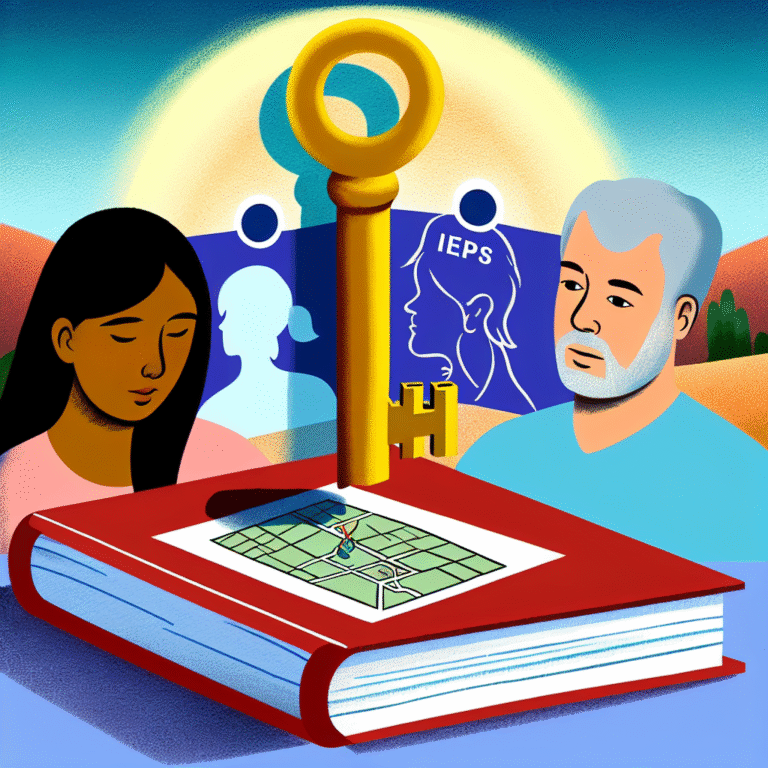
From Sympathy to Empathy: Cultivating Deeper Connections in Your Relationships
Introduction
Have you ever found yourself in a conversation where someone is sharing their challenges, and you feel the urge to express your sympathy but can’t quite connect on a deeper level? Most of us have been there. Sympathy is the natural response to the suffering of others, but it often lacks the deep understanding that fosters genuine connections. This article, From Sympathy to Empathy: Cultivating Deeper Connections in Your Relationships, invites you on a transformative journey. By embracing empathy, you can enrich your relationships and foster a profound level of understanding and connection with those around you.
Empathy pulls us closer to each other, transcending mere pity or acknowledgment of someone’s pain. This article aims to explore actionable strategies to bridge the gap from sympathy to empathy, enhancing your interpersonal relationships. Whether with friends, family, or colleagues, developing this skill can lead to more fulfilling and supportive connections in your life.
Understanding the Difference: Sympathy vs. Empathy
Defining Sympathy
Sympathy often manifests as feelings of pity or sorrow for someone else’s misfortune. It is a more detached emotion, where you recognize another’s suffering but remain somewhat outside their experience. For example, saying, "I’m sorry to hear you lost your job," may express sympathy but doesn’t necessarily convey an understanding of the emotional turmoil it causes.
Defining Empathy
Empathy, on the other hand, involves stepping into someone else’s shoes. It requires not only recognizing their pain but also sharing and understanding those feelings on a deeper level. When you express empathy, you might say, "I can only imagine how difficult this must be for you. I’m here to listen." This response fosters deeper connections because it invites openness and vulnerability.
!
| Aspect | Sympathy | Empathy |
|---|---|---|
| Emotional Distance | High | Low |
| Understanding Level | Surface Level | Deep Understanding |
| Response Style | Passive | Active Listening and Engagement |
| Connection Quality | Limited | Enhanced and Meaningful |
The Importance of Empathy in Relationships
Building Trust
Empathy forms the backbone of trust in relationships. When you can empathize, you demonstrate to others that their feelings are valid and understood. This validation strengthens the bond you share, making it easier for both parties to communicate openly.
Enhancing Communication
Empathetic communication leads to greater understanding, reducing the likelihood of misinterpretations and conflicts. It invites honest dialogue and encourages individuals to express their thoughts and feelings freely.
Fostering Emotional Resilience
Sharing experiences and emotions with an empathetic listener can significantly improve emotional resilience. Knowing someone genuinely understands your struggle can be profoundly empowering and comforting.
Challenges of transitioning from sympathy to empathy can often include personal biases, indecision on how to respond, and preconceived notions about others’ experiences. However, acknowledging these roadblocks is the first step towards learning to foster deeper connections.
Cultivating Empathy: Practical Strategies
1. Active Listening
Active listening involves fully engaging with the speaker, without distractions, to understand their feelings and perspective. Here’s how to practice it:
- Maintain Eye Contact: Show the speaker that you are focused and interested.
- Reflect Back: Practicing mirroring by repeating back key points to show that you are listening.
- Avoid Interrupting: Let them express their feelings fully before offering your thoughts.
Case Study: Active Listening in Action
In a corporate setting, a team leader held a debriefing session after a project didn’t go as planned. Instead of jumping into solutions, they listened to each team member’s concerns about the project. The team felt heard, which built trust and fostered a collaborative environment moving forward. The team leader’s ability to shift from sympathy to empathy transformed the group dynamic, resulting in improved morale and future project success.
2. Practice Vulnerability
Vulnerability is the key to deep connections. When we share our experiences and emotions, we invite others to do the same.
Actionable Steps:
- Share Personal Stories: Open up about your struggles to encourage others to share theirs.
- Show Emotion: Don’t be afraid to express your feelings in the moment. Authenticity breeds empathy.
Case Study: The Power of Vulnerability
In a support group for individuals suffering from loss, a member shared their journey of grief openly. This vulnerability prompted others to share their stories. The power of shared experiences forged deep, empathetic connections, as participants felt united in their struggles. This atmosphere of openness led to supportive relationships and a community that thrived on shared understanding.
3. Empathetic Questions
Ask open-ended questions that invite others to share their thoughts and feelings. Instead of merely asking, "How are you?" try asking, "What has been challenging for you lately?" This approach shows genuine interest in understanding their experience.
4. Educate Yourself About Others’ Experiences
Understanding cultural differences and unique perspectives can help enhance your empathetic responses. Consider reading books or attending workshops focusing on different life experiences.
5. Practice Self-Compassion
You can cultivate empathy for others by practicing self-compassion. Recognizing your emotions allows you to connect with those of others. If you’re struggling with something, acknowledge it and understand that everyone has their battles.
6. Mindfulness and Presence
Being present in the moment allows you to connect authentically with others. Mindfulness practices can enhance your ability to empathize by reducing distractions and improving focus.
Enhancing Empathy in Different Relationships
In Romantic Relationships
In romantic relationships, empathy can help partners navigate conflict. By validating each other’s feelings and experiences, couples can work towards solutions with mutual respect and understanding.
With Friends
Friendships thrive on emotional support. Show empathy by actively listening and providing a safe space for your friends to express their feelings without judgment.
In the Workplace
Empathy in a professional setting helps build collaboration and teamwork. Leaders who demonstrate empathy create a positive work environment and increase employee satisfaction.
With Strangers
Empathy can even extend to casual interactions with strangers. A simple smile or a listening ear can significantly impact someone’s day.
The Science Behind Empathy
Understanding the neuroscience of empathy can be enlightening. Studies show that when we observe someone in pain, our brains activate in similar areas as if we are feeling the pain ourselves. This mirror neuron system is a critical component of empathetic responses.
Emotional Contagion
Emotions can be contagious. An empathetic response can lower someone’s stress levels and create a supportive atmosphere that encourages further expression.
Benefits to Health
Empathy isn’t just beneficial for relationships; it can also improve overall health by lowering stress and enhancing psychological well-being. Studies indicate that people who engage in empathetic behaviors exhibit lower blood pressure and a decrease in experiences of anxiety.
Conclusion
Transitioning from sympathy to empathy is not just an emotional skill but a lifeline for enhancing your relationships. By actively listening, practicing vulnerability, and engaging in compassionate communication, you can cultivate a deeper understanding of those around you. Take the step toward empathy; it will transform your connections into something truly meaningful.
As you apply these strategies in your daily interactions, remember that empathy is a journey, not a destination. Embrace the learning process and allow your relationships to bloom. Together, let us build a world where empathy leads the way in forging deeper connections.
FAQs
1. What is the main difference between sympathy and empathy?
Sympathy involves feelings of pity or sorrow for someone else’s misfortune, whereas empathy requires understanding and sharing the feelings of another person.
2. How can I become more empathetic in my daily life?
You can cultivate empathy by actively listening, practicing vulnerability, asking open-ended questions, educating yourself about different experiences, and incorporating mindfulness into your interactions.
3. Are there any specific techniques for enhancing empathy at work?
Yes, promoting a culture of open communication, practicing active listening during meetings, and encouraging team members to share their thoughts and feelings can enhance empathy in the workplace.
4. Can empathy improve my mental health?
Absolutely! Engaging in empathetic behaviors can reduce stress, lower anxiety, and improve overall psychological well-being. It establishes supportive networks that can enhance resilience.
5. How can I teach empathy to my children?
Model empathetic behavior and engage them in conversations about feelings. Encourage them to express their emotions and offer opportunities to help others as a way to foster empathy.
By embracing the journey from sympathy to empathy, you can transform your relationships and enrich your life with deeper connections and understanding. Share this article with someone who could benefit from these insights, and start a conversation on empathy today!














